STEM Camp “Environmental protection” day 2 of 5 "Physical science: alternative kinds of energy"
2-ий день СТЕМ табору з англійської мови присвячен фізиці. Учні ознайомляться з алтернативними видами енергії і змоделюють підйомний механізм за допомогою енергії води.
5-days school STEM Camp
for children 7-8th form
“Environmental protection”
2nd day: Physical science: alternative kinds of energy
Мета: викликати в учнів бажання дізнаватися нове, виховувати дбайливе ставлення до навколишнього середовища, природних ресурсів, ознайомити з альтернативними видами енергії, розвивати логічне мислення, вміння працювати у команді, швидкість реакцій.
Обладнання: приладдя для практичної роботи
Хід роботи:
- Привітання. Організаційний момент. Ознайомлення з планом роботи СТЕМ табору на другий день.
- Перегляд презентації про різні види альтернативної енергії.
- Проектування підйомного механізму за допомогою енергії води. Учні отримують наступну покрокову інструкцію по виготовленню пристрою.
Problem: Energy can be made, or generated, using solids, gas or liquids as its source of power. So how do you use energy? Energy can be generated to produce light, heat or the movement of objects. In this experiment, we explore how to get power from water, or hydropower, which can be used to pick up household objects.
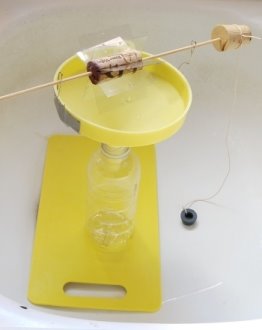 How can hydropower be used to lift an object?
How can hydropower be used to lift an object?
Materials:
- 2-liter plastic soda bottle
- Ruler
- Marker
- Craft knife (have an adult help you use it)
- Scissors
- 2 corks
- 1 wooden barbeque skewer
- Sewing thread (16 inches)
- Small objects to lift (small fishing sinker, an eraser)
- Sink
- Duct Tape
- Large Funnel
- Paper clips
- Procedure
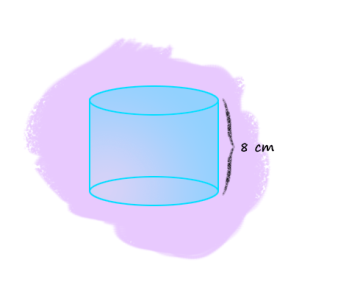 Using your marker and ruler, measure and mark a few dots 6 cm up from the bottom of the bottle. Connect your dots and cut off the bottom using the craft knife.
Using your marker and ruler, measure and mark a few dots 6 cm up from the bottom of the bottle. Connect your dots and cut off the bottom using the craft knife.
Measure an 8cm section from the cut part of the bottle. Cut out this section so that you have a cylindrical section of plastic.
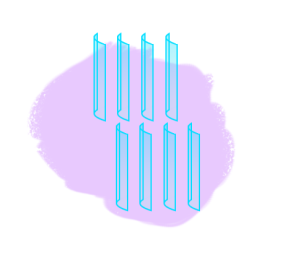 Cut four 2 cm-wide strips from the 8cm section with your scissors. Cut these strips in half so you are left with eight curved strips that measure 4 cm by 2 cm.
Cut four 2 cm-wide strips from the 8cm section with your scissors. Cut these strips in half so you are left with eight curved strips that measure 4 cm by 2 cm.
Draw 8 evenly spaced lines lengthwise on the cork, and make slits along each line with your hobby knife. Making sure that the plastic pieces all curve in the same direction, slide each 4 cm by 2 cm plastic piece into its own slit. Why do you think it’s important that the strips all curve in the same direction?
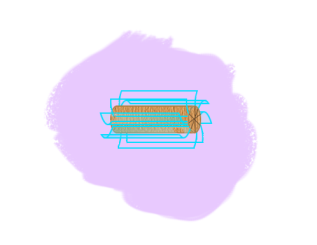
Unfold two paperclips and flex one end of each to create a small loop. These paperclips will act as supports for the water wheel’s axle.
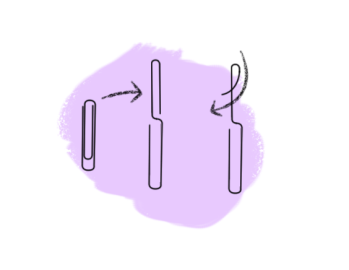
Affix your supports on opposite sides of your plastic funnel using your duct tape.
Cut the skewer in half and poke each half into one side of the wheel cork. Guide each end through a loop on your paper clip support. Make sure your paper clip’s loops are loose enough to allow the wheel to turn freely.
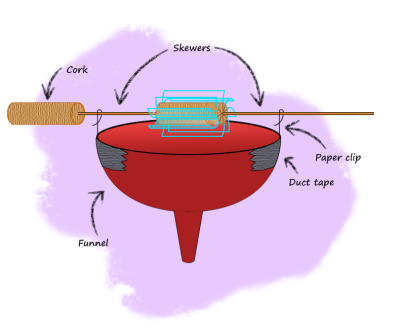 Insert one of the skewers into the other cork and tie thread tightly around it. Tie the loose end of the thread to a weight or other small household object.
Insert one of the skewers into the other cork and tie thread tightly around it. Tie the loose end of the thread to a weight or other small household object.
Place your completed water wheel under a gentle stream of water in your sink. Slowly run water over the wheel so that the plastic pieces on the cork catch the falling water and turn it into mechanical energy.
Extra: Water has potential energy due to its position above the ground. The higher above the ground the water is, the more potential energy it has. Can you convert more of this potential energy into mechanical energy? Try making several water wheels and daisy-chaining them together! When water exits one water wheel, it can pass through another, and so on.
Results
The wheel spins and produces enough mechanical energy to elevate small items tied to the end of the thread.
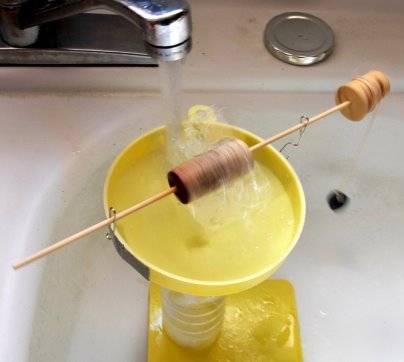
You just generated hydropower using the water from your faucet! Gravity pulls water down toward the earth, and the weight of the water exerts torque (a rotational force) on the water wheel. This torque provides enough energy to turn the skewer, allowing you to raise items attached to the other cork. Did you notice that more water pressure was needed to lift heavier objects? More energy is needed to lift heavy items than lighter ones, and by increasing the flow of water you generated more power.
Hydropower is still used as a source of electricity in the United States. Using the same concepts from your experiment, water wheels capture the force of powerful rivers, converting it into electricity and sending it into the electrical grid. Hydropower is an example of renewable energy, energy that can be continually replenished. What other renewable energy projects for kids can you find?
Author: Justine Rembac https://www.education.com/science-fair/article/water-produce-energy/
- Підведення підсумка дня. Програма www.menti.com - створюємо хмаринку слів зі своїх вражень (код 392755).


про публікацію авторської розробки
Додати розробку
